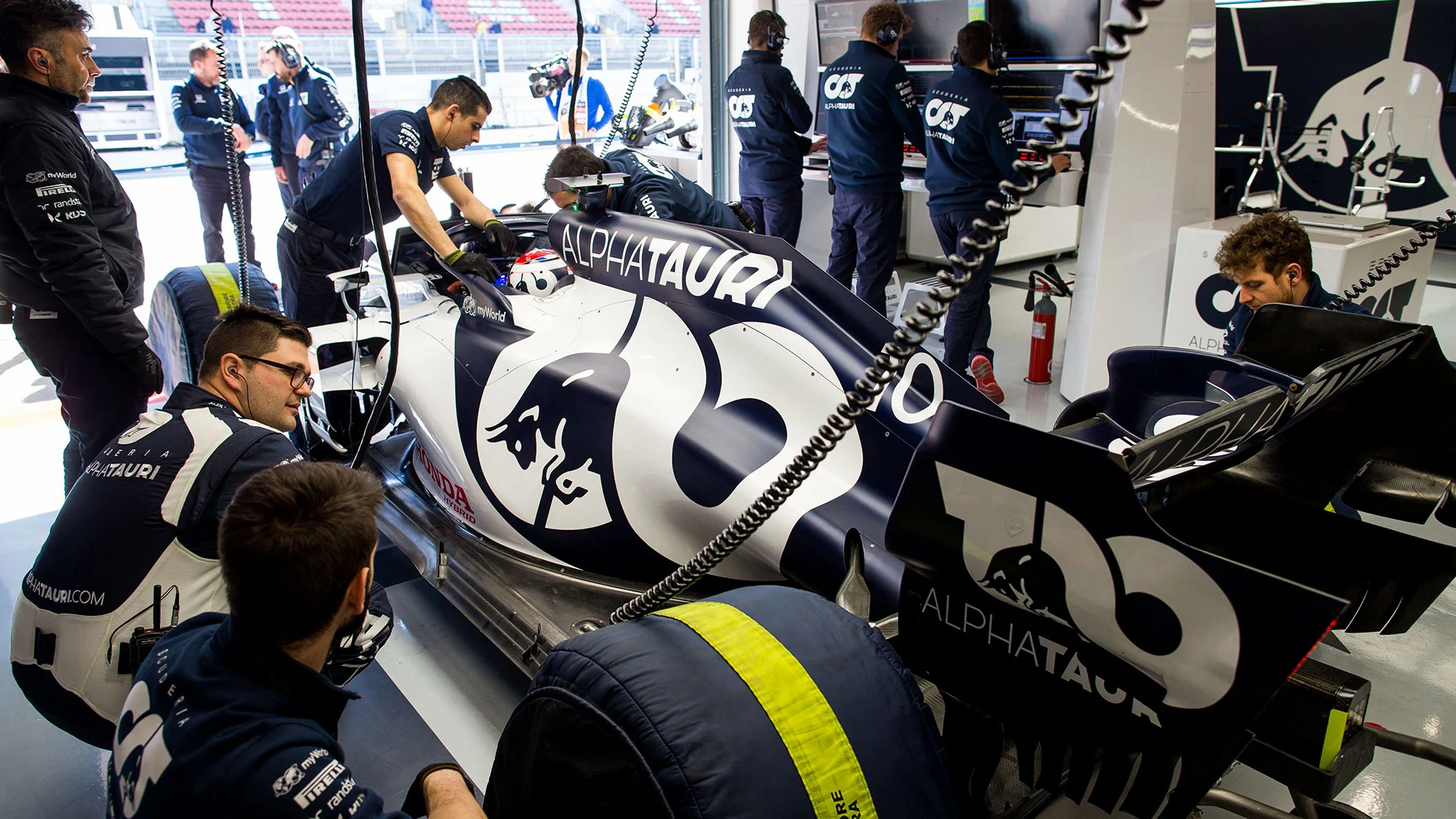Engineer Rob Smedley has a wealth of Formula 1 experience after a long career in the sport working for Jordan, Ferrari and Williams. Today he explains how the teams go about their business and what they are looking to achieve as the second week of pre-season testing gets underway in Barcelona.
As the days progress from Test 1 and on into Test 2, you’ve got the car up to speed and you’ve been through all of the basic systems checks, then you're really into core reliability and core performance tests.
We’re always mindful in the teams that the drivers do need to start getting a feel for the car at the limit of its performance envelope. But the reality is that there's such a lot of data to collect, and the only way to collect it nowadays, really, is during the winter tests. Because of that we have very prescribed tests across Weeks 1 and 2, and we need the drivers to perform in a certain way during those tests – and that rarely involves driving the car as fast as they can.
TESTING EXPLAINED: Rob Smedley on correlation, aero rakes and flow-vis paint
Sometimes, we do actually want the driver to push the car to the limit of its performance envelope, because without that, we’re then not going to get the data that we need. If we’re testing, say, a new front suspension which has more castor in the car, which essentially gives you a little bit more camber and a little bit more turn-in in the initial part of the corner, then you will want the driver to push to the limit of the envelope and equally, you want their subjective feedback. You’ve got all of the objective data taken from the car, but what you need is their personal feedback, as well as what the all-important stopwatch is telling you.
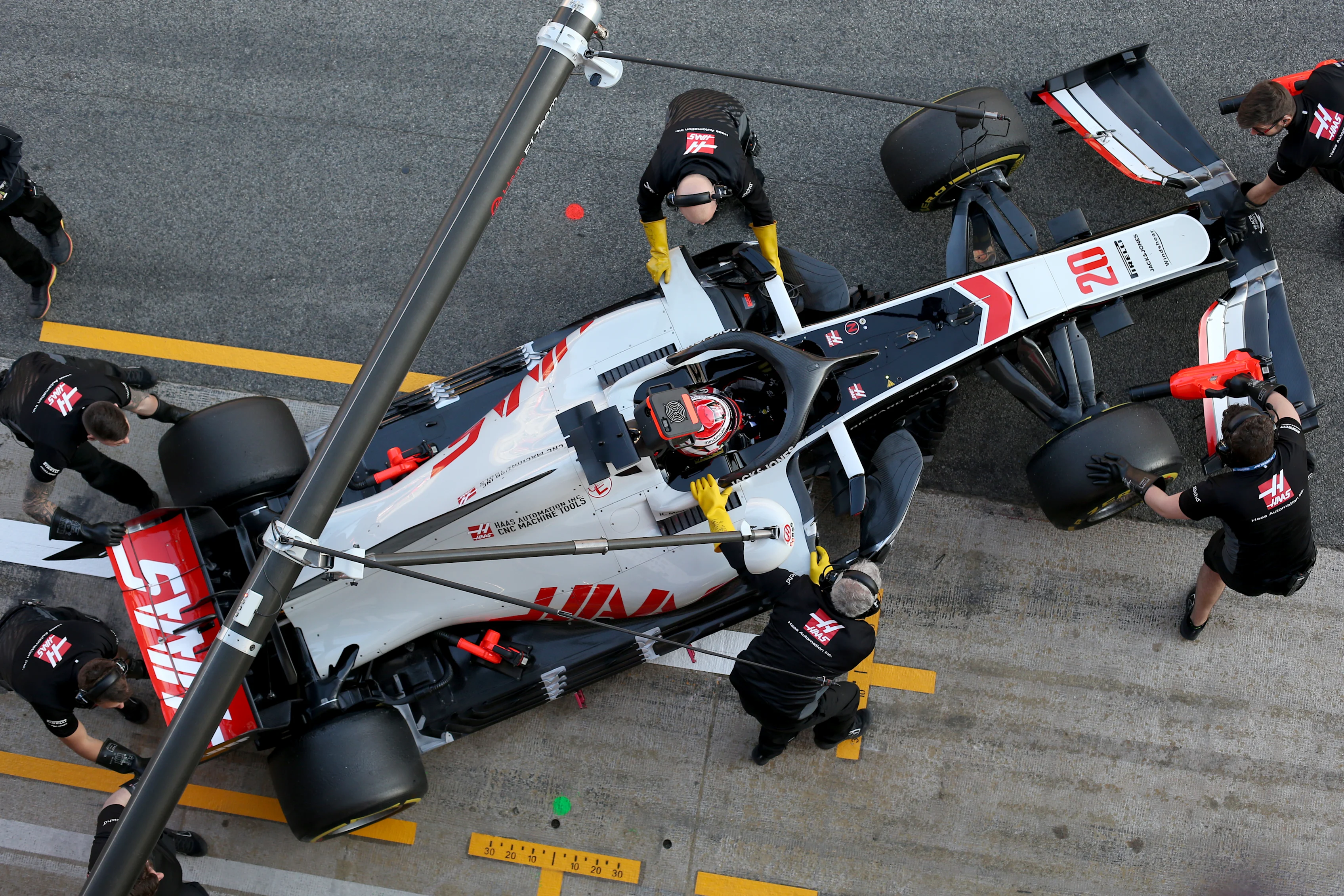
But there’s more routine stuff still to get through in Test 2 as well. We might want to do constant speeds on the straights. You essentially put the car in cruise control at some speed, be that 120km/h, 150km/h or 180km/h, and because you’ve then got the car in a steady state, neither decelerating nor accelerating, the quality of data that we can take from that is usually quite high.
LIVE TIMING – full coverage of Formula 1 Pre-Season Testing 2020
Equally you might be doing constant speeds in a cornering condition – so Turn 3 in Barcelona, for example, is a great place to do that; you usually get the driver doing somewhere between 120-180km/h through there, depending on the fuel mass and tyre grip they’ve got on the car, and it’s just about collecting all of the data that we can.
It might not be very glamorous, but all that data that the teams collect across Test 1 and Test 2 is going to put them in a much more favourable position by the time they get to Australia for the first race of the season.
This article originally appeared on F1.com on February 26 2019
Next Up
Related Articles
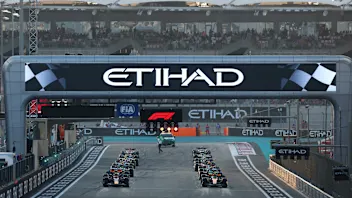 This Week in F110 quiz questions on the Abu Dhabi title decider
This Week in F110 quiz questions on the Abu Dhabi title decider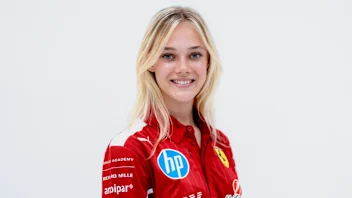 F1 AcademyFerrari sign Larsen for 2026 F1 ACADEMY campaign
F1 AcademyFerrari sign Larsen for 2026 F1 ACADEMY campaign Wolff calls Abu Dhabi ‘mediocre’ but ‘pleased’ to finish P2
Wolff calls Abu Dhabi ‘mediocre’ but ‘pleased’ to finish P2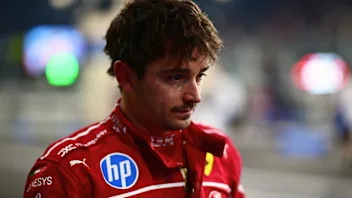 Leclerc hoping Ferrari will ‘get back on top’ in 2026
Leclerc hoping Ferrari will ‘get back on top’ in 2026 Sainz hopes point-less finish in Abu Dhabi ‘serves as a wake-up call’
Sainz hopes point-less finish in Abu Dhabi ‘serves as a wake-up call’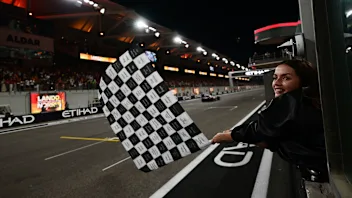 8 moments you missed at the Abu Dhabi Grand Prix
8 moments you missed at the Abu Dhabi Grand Prix
